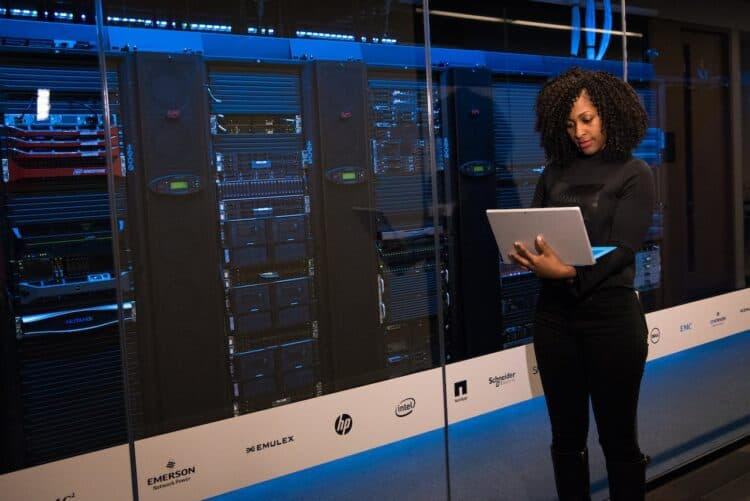
“I&O leaders have little time, skills and budget to track emerging trends and the full impact of those on I&O,” said Jeffrey Hewitt, vice president analyst at Gartner. “I&O leaders should use the top trends impacting I&O for 2024 to identify which are most likely to impact their organisation and implement effective tactics to respond.”
Top trends impacting I&O in 2024
Trend No. 1: Machine customers
Machine customers are nonhuman economic actors that obtain goods or services in exchange for payment, such as virtual personal assistants, smart appliances and connected cars. Gartner expects the number of machine customers to rise over time and that by 2027, 50% of people in advanced economies will have AI personal assistants working for them every day.
Hewitt posits that there are strong upsides to machine customers that are driving interest and adoption in them, however, they come with challenges such as requiring a reworking of operating and business models.
“I&O leaders should identify appropriate machine customer use cases, the technology processes and skills required, and build capabilities around digital commerce and generative AI to align optimally,” he continued.
Trend No. 2: AI trust, risk and security management (AI TRiSM)
AI TRiSM supports AI model governance, trustworthiness, fairness, reliability, robustness, efficacy and data protection. I&O must implement and support the new forms of risk and security management that AI require. Gartner predicts that by 2026, organisations that operationalize AI TRiSM will see their AI models achieve a 50% improvement in terms of adoption, business goals and user acceptance.
“AI TRiSM improves AI implementation efficiencies and helps prevent the financial, regulatory, societal and ethical consequences of potential issues with AI,” said Hewitt.
Trend No. 3: Augmented-connected workforce
Augmented-connected workforce is the intentional management, deployment, and customization of technology services and applications to support the workforce’s experience, well-being and ability to develop their skills. It accelerates onboarding and drives business results which has a positive impact on key stakeholders.
Hewitt opines that this is a relatively new way of thinking for I&O which requires new skills and workflow views. “It also requires collaboration outside of I&O and IT which takes specific focus, and sometimes executive involvement, outside of IT to achieve that engagement,” he added.
Trend No. 4: Continuous Threat Exposure Management (CTEM)
A CTEM program is an integrated, iterative approach to prioritising potential threats and continually refining security posture improvements. Technology growth requires a new approach to dealing with potential threats.
This expands the attack surface and broadens exposure beyond the average IT environment. CTEM is a new approach that prioritizes exposures rather than centring on fixing all vulnerabilities.
According to Hewitt, CTEM produces a shift from a preventative-only approach to more mature, strategy-augmenting-preventative controls with detection and response capabilities. He recommends organisations establish a CTEM team within I&O to cover on-premises infrastructure as well as cloud and edge vulnerabilities.
Trend No. 5: Democratized generative AI (GenAI)
GenAI enables the democratization of knowledge and skills by enabling the use of conversation and natural language. A Gartner poll of 1,400 executive leaders in September 2023 found that 55% of organisations are in piloting or production mode with GenAI.
GenAI products are democratizing due to the confluence of cloud and open source. GenAI for I&O has two main aspects – the use of GenAI within I&O and the impact of GenAI on I&O.
Hewitt says democratized GenAI offers a new working paradigm and can present agility, adaptability and composability improvements for I&O. “If it is overused or used unnecessarily, it can generate unacceptable costs and negative environmental impacts,” he added.
Trend No. 6: Nationalism versus globalism
Nationalism versus globalism consists of country-led initiatives to reduce dependencies on foreign products, talent and services. International conflicts create a focus on more nationalistic views that push a more domestic approach to technologies which will put pressure on I&O teams to seek solutions that keep more technologies, resources and talent in their own country.
“There are many initiatives in place today that impact the focus of IT resources from a more global view to a more nationalist approach. Shifts in these initiatives can produce new risks for countries that are currently using providers outside their country,” said Hewitt.
He suggests that I&O leaders should identify dependencies and their risks and lead in the creation of action plans to deal with the potential impactful shifts that may occur in national regulations and policies that affect I&O.



